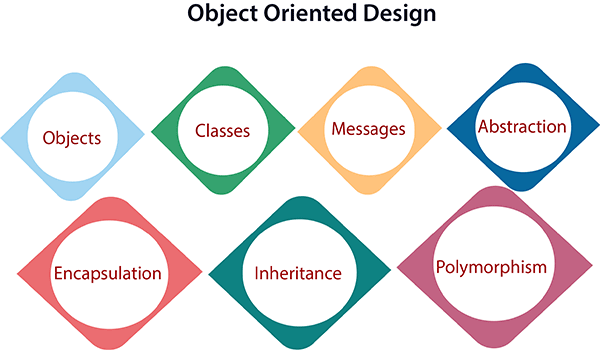[OOP] 3 phases in Object - Oriented Design
1. Analysis phase
The analysis phase in object-oriented programming is the first step in the software development process and involves gathering and understanding the requirements of the system to be developed. The following are the key tasks involved in the analysis phase:
- Problem definition: Understanding the problem to be solved and defining the scope of the system.
- Requirements gathering: Collecting information from stakeholders about the system’s requirements and expectations.
- Use case modeling: Identifying the interactions between the system and its users to represent the functional requirements.
- Object modeling: Identifying the objects, their attributes, and behaviors that form the system.
- Class diagramming: Representing the object model as a set of classes and relationships between them.
- Prototyping: Creating a preliminary version of the system to test its functionality and gather feedback from stakeholders.
The analysis phase is crucial as it sets the foundation for the design and implementation phases of the project. A thorough and well-documented analysis phase helps to minimize the risk of requirements creep, rework, and ultimately, project failure.
2. Design phase
The design phase in object-oriented programming builds upon the results of the analysis phase and involves creating a detailed blueprint for the implementation of the system. The following are the key tasks involved in the design phase:
- Class design: Defining the structure and behavior of each class, including attributes, methods, and relationships between classes.
- Object interaction design: Defining the interactions between objects and how they collaborate to fulfill the use cases.
- Design patterns: Selecting and applying design patterns to address common design problems and improve the system's architecture.
- Sequence and collaboration diagrams: Representing the interactions between objects in a visual format to help understand the flow of control and data within the system.
- Component design: Defining the components, interfaces, and interactions required for the system.
- Database design: Defining the data structures and relationships needed to store and retrieve data.
- Interface design: Defining the user interface and user experience, including layout, navigation, and other usability elements.
The design phase is an iterative process, with feedback and modifications incorporated from previous phases and stakeholders. A well-designed system is easier to implement, test, and maintain, and can reduce the risk of project failure.
3. Implementation phase
The implementation phase in object-oriented programming is the process of converting the design of a system into a working software product. The following are the key tasks involved in the implementation phase:
- Coding: Writing the code that implements the classes, objects, and interactions defined in the design phase.
- Testing: Validating the code to ensure it meets the functional requirements and that it is free of bugs and errors.
- Debugging: Fixing any issues identified during testing and verifying that the system works as expected.
- Integration: Combining the different components of the system into a single, functioning product.
- Deployment: Installing and setting up the system in its intended environment.
- Maintenance: Providing ongoing support and making improvements to the system to keep it running smoothly.
The implementation phase is a crucial step in the development process, as it brings the system to life and makes it accessible to users. A well-implemented system is easier to maintain and improve, and provides a better user experience.



Không có nhận xét nào